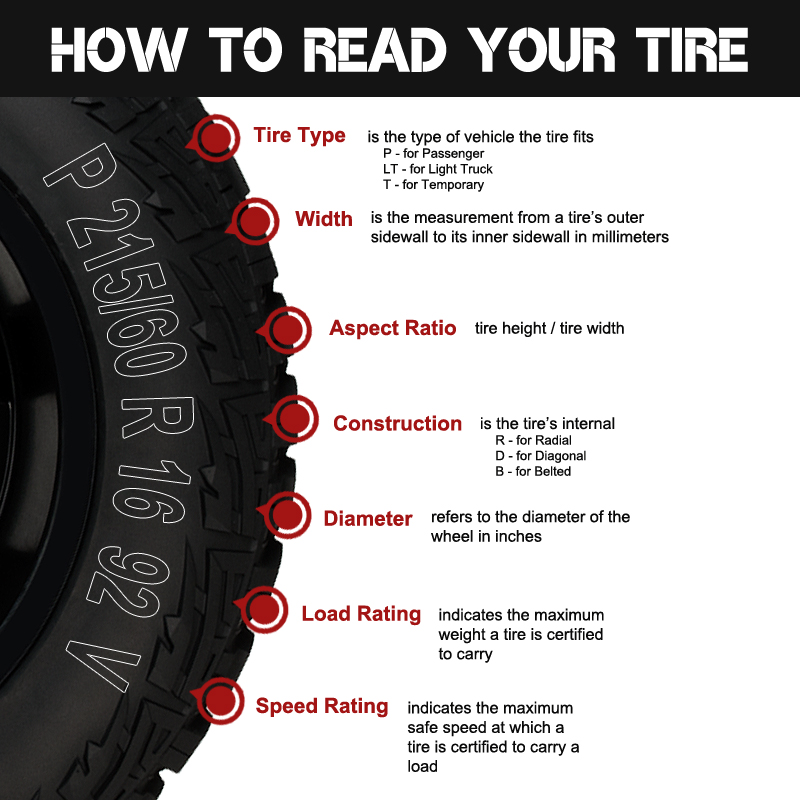| Buying Advice
Disclosure: MotorTrend may earn a commission if you purchase a product through one of our affiliate links.
All-weather tires are a subset of all-season tires that have been specifically designed to better handle winter weather. Although they wear the three-peak mountain snowflake symbol that demonstrates their grip and safety in cold temperatures, they use a rubber compound that, unlike dedicated winter tires, can be driven during the warmer months without sacrificing wear or performance. For many people who live in an area with only occasional snowfall or temperature dips, all-weather tires provide a versatile single-tire solution regardless of the season.
There are a number of different all-season tires that offer all-weather capability. Choosing which model is right for you depends on how you drive, your vehicle, and what your expectations are in terms of performance, comfort, winter traction, and tread life. We've put together five of the top-ranked all-weather tire designs available on Tire Rack based on customer opinions describing real-world driving experience with each.
Most Versatile All-Weather Option: Vredestein Quatrac, Quatrac 5, and Quatrac Pro
The Vredestein Quatrac family of tires are intended to serve a wide slice of the automotive market. Available in sizes ranging from 13 to 20 inches and divided into specific designs that tackle grand touring (Quatrac), performance (Quatrac 5), and ultra high performance (Quatrac Pro) driving, this group of tires feature the three-peak snowflake logo on the sidewall that qualifies them for slippery winter duty alongside their impressive dry pavement credentials. Being able to match the handling and braking capability of a traditional all-season tire has these Vredestein all-weather designs scoring a collective rating of 4.5 stars out of 5 from Tire Rack customers.
"Pillowy soft ride, outstanding wet traction," writes the owner of a Subaru Forester.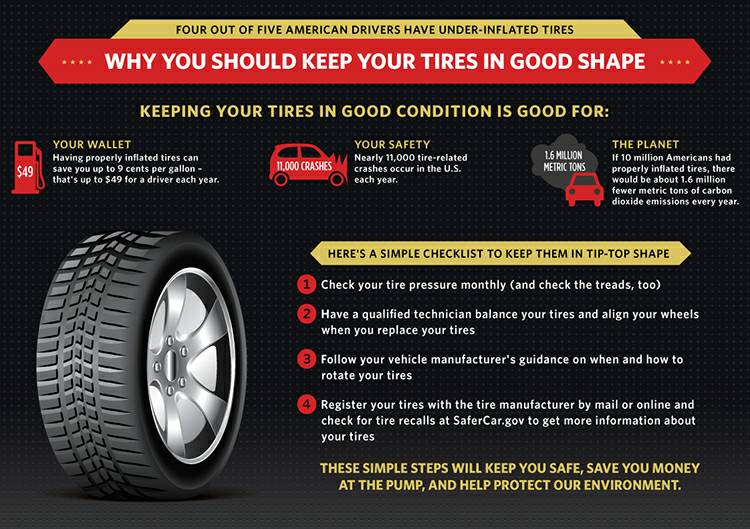 "These tires have greatly improved the ride and handling quality of the Mazda CX-5," posts another satisfied buyer. The versatility and safety of the Vredesteins is underlined by several owners, including an Acura RDX driver who says, "I have driven in all kinds of weather, including deep snow, and these tires have not missed a beat." A Tesla Model 3 owner further expands on the performance potential of the tires, writing that "they deliver confident cornering with a fantastic balance of comfort and ride quality."
"These tires have greatly improved the ride and handling quality of the Mazda CX-5," posts another satisfied buyer. The versatility and safety of the Vredesteins is underlined by several owners, including an Acura RDX driver who says, "I have driven in all kinds of weather, including deep snow, and these tires have not missed a beat." A Tesla Model 3 owner further expands on the performance potential of the tires, writing that "they deliver confident cornering with a fantastic balance of comfort and ride quality."
Buy the Vredestein Quatrac, Quatrac 5, or Quatrac Pro on Tire Rack
Best Option for Long Treadlife: Goodyear Assurance WeatherReady
Looking for an all-weather tire that lasts? The Goodyear Assurance WeatherReady boasts a soy-based rubber compound and an asymmetric tread pattern that helps it achieve the winter traction required to earn its three-peak rating, but it combines this with an excellent reputation for long tread life backed by a 60,000-mile treadwear warranty. As a tire that's mounted through all four seasons, that's an important distinction for drivers who want to maximize their year-round mileage, and it's something that's helped push the WeatherReady to a 4.5 out of 5 star rating on Tire Rack's website.
As a tire that's mounted through all four seasons, that's an important distinction for drivers who want to maximize their year-round mileage, and it's something that's helped push the WeatherReady to a 4.5 out of 5 star rating on Tire Rack's website.
"Great tire in inclement weather and feels like I'm glued to the road in dry weather," writes a Chevrolet Cruze owner, a feeling that is echoed by a Toyota Highlander driver who posts that the Goodyears are an "excellent all-weather tire with great snow traction. No problem in upstate New York winters." A Subaru Outback driver praises their durability, writing that "these have been the most evenly wearing, 'responsive on all surfaces' tires I have ever had on any of my vehicles," while going on to say that they are also "comfortable and quiet." A Ford Focus owner agrees, posting that they are "happy with the way that they are wearing after rotating them twice."
Buy the Goodyear Assurance WeatherReady on Tire Rack
Best Option for Deep Winter Conditions: Firestone WeatherGrip
The Firestone WeatherGrip is an all-weather tire that goes the extra mile when it comes to performance in harsh winter conditions. With full-depth grooves, open shoulder slots, and a direction tread pattern, the WeatherGrip's Snow Traction Claw tech and zig-zag sipes add advanced traction capability no matter how much snow might be covering the road. Summer, spring, and fall performance also remains strong, with grand touring comfort from the Firestone a compelling addition to its three-peak winter rating. Overall, the WeatherGrip has been rated 4.5 stars out of 5 from Tire Rack buyers.
With full-depth grooves, open shoulder slots, and a direction tread pattern, the WeatherGrip's Snow Traction Claw tech and zig-zag sipes add advanced traction capability no matter how much snow might be covering the road. Summer, spring, and fall performance also remains strong, with grand touring comfort from the Firestone a compelling addition to its three-peak winter rating. Overall, the WeatherGrip has been rated 4.5 stars out of 5 from Tire Rack buyers.
"Best tires I've had on my Toyota by a mile," posts the owner of a RAV4 Hybrid. "They certainly live up to their name as their handling in severe weather is fantastic." "Very good on snow and ice, good in all weather conditions, feels planted and grippy," writes a Subaru Forester driver, followed by a Toyota Camry owner who confirms that "from slush up to eight inches of snow, they are amazing … braking was even more impressive." "I drive every week from Denver to Vail and the tires feel solid on the ice, snow, and dry," says a Subaru Outback driver.
Buy the Firestone WeatherGrip on Tire Rack
Best Year-Round Performer: Michelin CrossClimate 2 and CrossClimate SUV
The Michelin CrossClimate family of all-weather tires provides passenger car, SUV, and truck owners with a tire that doesn't just hold its own in winter weather but also delivers impressive performance when driven during the warmer seasons, too. The three-peak snowflake logo on the sidewall guarantees safe and stable capability on snow and ice, while a comfortable, assertive, and quiet ride is a hallmark of the CrossClimate 2 and the CrossClimate SUV on both dry and wet roads. It's no wonder that both of these tire designs boast a 4.5 star out of 5 rating on Tire Rack.
"In dry conditions I can give it as much throttle as I want and the tires just stick and go," posts the owner of a Chrysler 300C, who continues to say that "even in wet conditions, these tires keep finding grip and generating confidence. " A Hyundai Sonata owner agrees, adding that "after putting these tires on, I have had no problems with wet driving, dry driving, and most importantly, snowy driving." The driver of an Audi Q7 enthuses that "they feel secure in the rain and wet situations just as amazing as they do glued to the road under dry conditions, which are stellar," while a Lexus RX owner comments on how quiet the CrossClimates are, writing they hear "no noise on a good surface."
" A Hyundai Sonata owner agrees, adding that "after putting these tires on, I have had no problems with wet driving, dry driving, and most importantly, snowy driving." The driver of an Audi Q7 enthuses that "they feel secure in the rain and wet situations just as amazing as they do glued to the road under dry conditions, which are stellar," while a Lexus RX owner comments on how quiet the CrossClimates are, writing they hear "no noise on a good surface."
Buy the Michelin CrossClimate 2 or CrossClimate SUV on Tire Rack
Best Budget-Friendly SUV Choice: Kumho Crugen HT51
For many, choosing an all-weather tire is a cost-saving decision as it allows for even winter-climate dwellers to run a single set of rubber all year. The Kumho Crugen HT51 is aimed specifically at value-focused customers who want a tire that is long-lasting and with good snow performance at an affordable price. With a four-channel, symmetrical tread layout, a rubber compound that retains its grip in both cold and warm climates, and a treadwear warranty of up to 70,000 miles, the Crugen HT51 wears the three-peak symbol and has garnered a 4.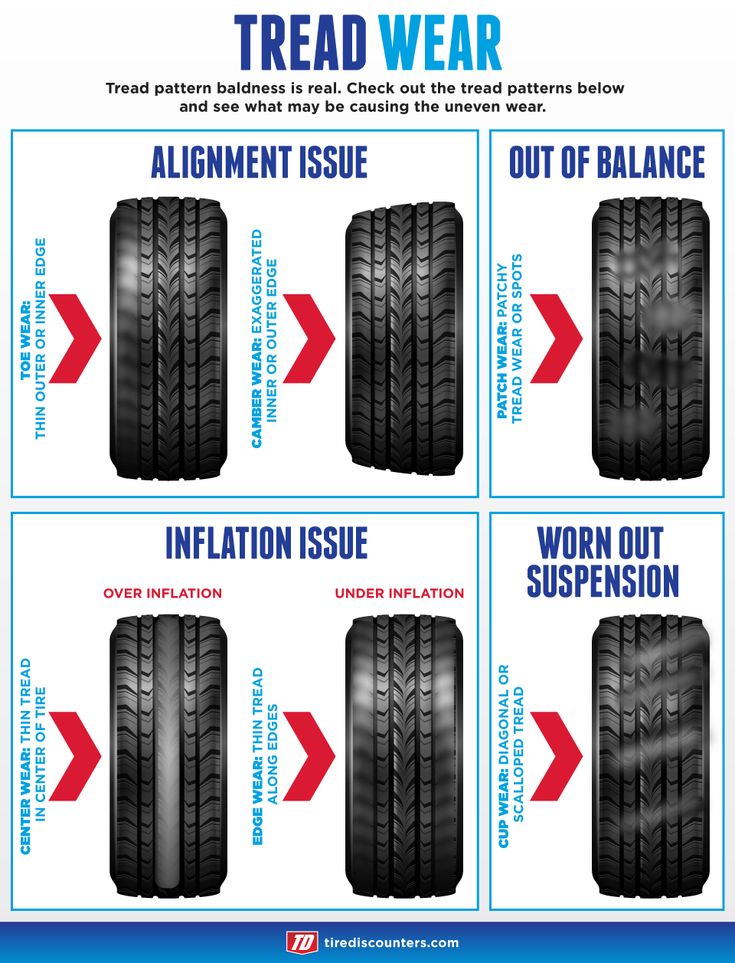 5 out of 5 star rating from Tire Rack customers.
5 out of 5 star rating from Tire Rack customers.
"I am exceptionally pleased with the overall performance and specifically the wear and low noise," writes the driver of a Toyota Highlander. "I am a skier, so I travel in snow and the tires are very good in the snow," adds another Highlander owner. A Chevrolet Suburban driver posts that these tires "completely transformed the way the vehicle rides and handles under all conditions, but particularly when loaded to full occupancy, plus cargo, plus pulling a utility trailer," while a Ford F-150 owner confirms the durability of the Kumho Crugen HT51, writing that "these tires have very good traction, are very quiet, and show very little wear."
Buy the Kumho Crugen HT51 on Tire Rack
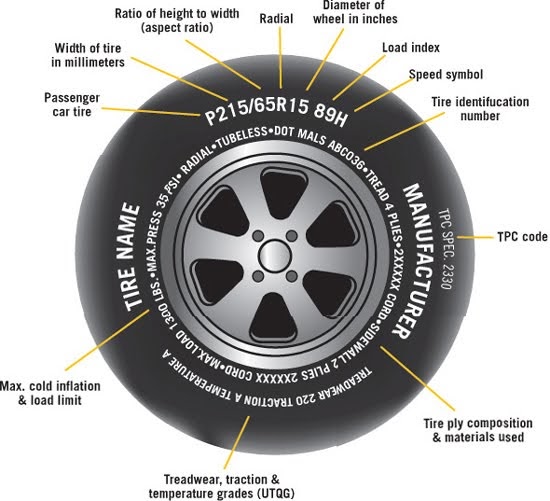
Affiliate disclosure: Automoblog and its partners may be compensated when you purchase the products below.
All-season tires are some of the most popular options for everyday driving, but how do you know which models are right for your car? In this review, we shed some light on the best all-season tires on the market.
Our review team has determined the five best all-season tires in the industry based on reputation, tread life, affordability, and suitability for different vehicle types. We’ll explain more about each of them in this article and also go over how an all-season tire functions, which drivers these tires are best suited for, and how much they may cost.
If you’re looking for additional choices before investing in a new set of tires, read our industry-wide review of the best tires and brands currently available. You can also go ahead and start comparing tire prices on Tire Rack and Discount Tire.
You can also go ahead and start comparing tire prices on Tire Rack and Discount Tire.
All-season tires can come in a variety of tread patterns, price ranges, load capacities, and more, which can make it difficult to find the right model for your needs. We’ve narrowed down the top five all-season tires for any driver:
The Michelin Defender LTX is a highway, all-season tire designed for light trucks and SUVs. Backed by a 70,000-mile tread life warranty, this tire is built to last, even in light snow and winter weather.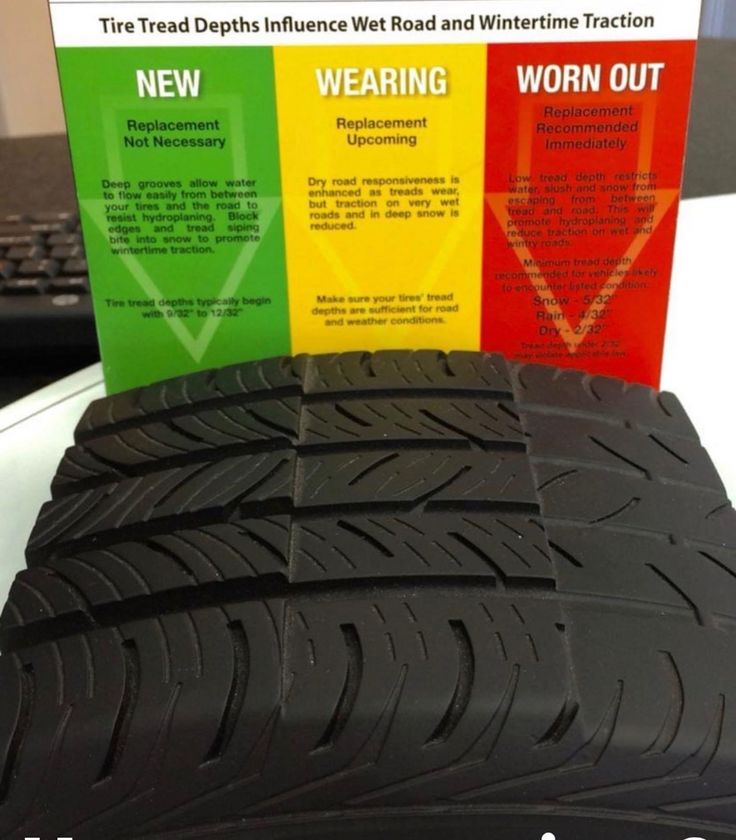 Customers report excellent handling on both dry and wet roads, largely due to the model’s EvertreadTM compound and asymmetrical tread design.
Customers report excellent handling on both dry and wet roads, largely due to the model’s EvertreadTM compound and asymmetrical tread design.
Like many Michelin tires, the Defender LTX is a costly option. However, its price point reflects the quality of materials, long tread life, and advanced technology put into the model. Compare prices for the Michelin Defender LTX on Tire Rack and Discount Tire.
Another reputable and industry-backed model made by Michelin, the Pilot Sport A/S 3+ All-Season tire is made for sporty vehicles. Though it’s a higher-profile model than the Defender series, the Pilot Sport boasts excellent handling and cornering abilities. The tire is made from Michelin’s Variable Contact Patch 3.0 technology, which ensures an even wear as you drive.
However, the Michelin Pilot Sport A/S 3+ All-Season only has a 45,000-mile tread life warranty, which is lower than most of our other picks for best all-season tires.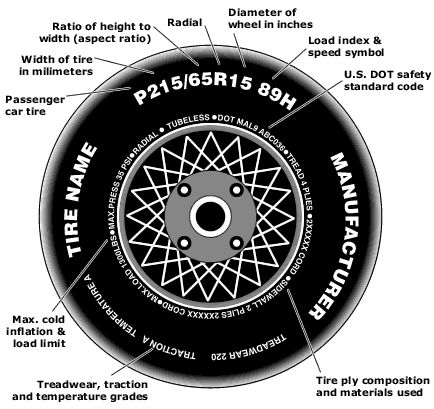 It also has some reported issues with snow and ice performance. However, if you’re looking for an all-season tire that’s been manufactured with the spirit of racing in mind, consider this model. Compare prices for the Michelin Pilot Sport A/S 3+ All-Season tire on Tire Rack and Discount Tire.
It also has some reported issues with snow and ice performance. However, if you’re looking for an all-season tire that’s been manufactured with the spirit of racing in mind, consider this model. Compare prices for the Michelin Pilot Sport A/S 3+ All-Season tire on Tire Rack and Discount Tire.
Also mentioned in our best cheap tires review, the Hankook Kinergy PT is an affordable, no-fuss option for drivers. The standard touring all-season tire offers a comfortable, low-noise drive and a 90,000-mile tread life warranty, one of the longest in the industry.
While this is not the best all-season tire for light trucks – its maximum load capacity is 2,271 pounds – it is suitable for passenger cars, minivans, family sedans, and crossovers. Compare prices for the Hankook Kinergy PT on Tire Rack and Discount Tire.
An all-season tire with better snow and ice durability than most, the Goodyear Assurance WeatherReady tire is equipped with a 60,000-mile tread life warranty and an asymmetric tread for maximum grip. The model features zig-zag biting edges to combat snow and ice, earning it the three-peak mountain snowflake (3PMSF) symbol.
The model features zig-zag biting edges to combat snow and ice, earning it the three-peak mountain snowflake (3PMSF) symbol.
This grand touring all-season tire earns an impressive “A” traction rating according to Uniform Tire Quality Grading Systems (UTQGS) scoring, and it is sized for most passenger cars, SUVs, and minivans. Compare prices for the Goodyear Assurance WeatherReady tire on Tire Rack and Discount Tire.
An ultra-high performance all-season tire, the Goodyear Eagle F1 Asymmetric All-Season features an asymmetric tread and racing-inspired handling. This model is a great choice for drivers looking for a step above a standard all-season tire, though it is not the longest-lasting option on the market. It only has a 45,000-mile tread life warranty.
The tire boasts excellent dry and wet handling, but only decent snow and ice abilities. However, customers positively note the tire’s steering responsiveness and low noise. Compare prices for the Goodyear Eagle F1 Asymmetric All-Season tire on Tire Rack and Discount Tire.
Compare prices for the Goodyear Eagle F1 Asymmetric All-Season tire on Tire Rack and Discount Tire.
All-season tires are suitable for most weather conditions: dry, wet, and some ice and snow. While all-season models can be used during colder months, they are not a replacement for a traditional winter tire. All-season tires don’t have the same capabilities and design features as winter tires, which are specially crafted to remain flexible in freezing temperatures.
If you don’t live in an area where the weather regularly drops below 45 degrees, all-season models are fine to use in the winter. These models generally sport a symmetrical tread, but a few popular models, like the Michelin Defender LTX, have an asymmetrical pattern. Symmetrical tread wears more evenly, meaning fewer bald patches and longer use, while asymmetrical tread uses multiple block designs to offer better traction.
All-season tires are best suited for everyday commutes and daily drivers.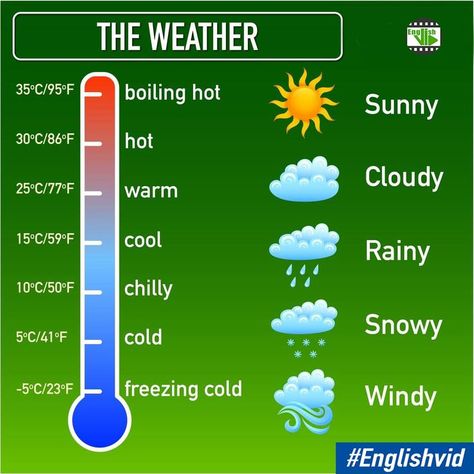 They are a great option for a reliable drive without many bells and whistles.
They are a great option for a reliable drive without many bells and whistles.
What’s the difference between all-season and all-weather tires? In a nutshell, all-weather tires are built to handle winter conditions and even deep snow, while all-season tires are not. All-season tires have light snow traction, but they won’t handle serious winter driving. Keep in mind that neither tire is designed to handle off-road driving.
All-season tires are usually less expensive than specialty models, like winter tires. They typically cost anywhere from $50 to about $200. However, the cost of all-season tires will climb as the model’s performance ability increases.
Here’s what the best all-season tires cost on Tire Rack:
 98 (225/60R17)
98 (225/60R17)Tires heavily impact your driving experience and are a more important investment than many drivers realize. Before purchasing cheap tires and hoping for the best, consider how you’d like your car to drive. Performance tires, all-terrain tires, touring tires – each provides a specific drive and feel for your vehicle. It’s best to consider a few different tire models before committing to a purchase. We recommend checking out Michelin and Cooper.
One of the biggest players in the tire industry, Michelin is highly regarded by customers and industry leaders alike. We like the brand because of its high quality and tire variety. While some competitors may make one type of tire particularly well, Michelin produces top-tier tires across the board.
Read more about this brand in our Michelin tires review, or start comparing Michelin prices on Tire Rack and Discount Tire.
Often, drivers looking for all-season tires are also looking for an affordable option. Cooper offers cheaper alternatives to big-name manufacturers like Michelin and Goodyear – without compromising quality. The company specializes in replacement tires and offers tread life warranties up to an impressive 80,000 miles.
You can learn more in our Cooper tires review, or compare Cooper tires right away on Tire Rack or Discount Tire.
After comparing many different models, we ranked the Michelin Defender LTX as the best all-season tire overall. It can handle wet conditions, and it provides a comfortable ride with good handling.
Michelin offers some great tires that can handle many different road conditions in its Defender and Pilot Sport lines.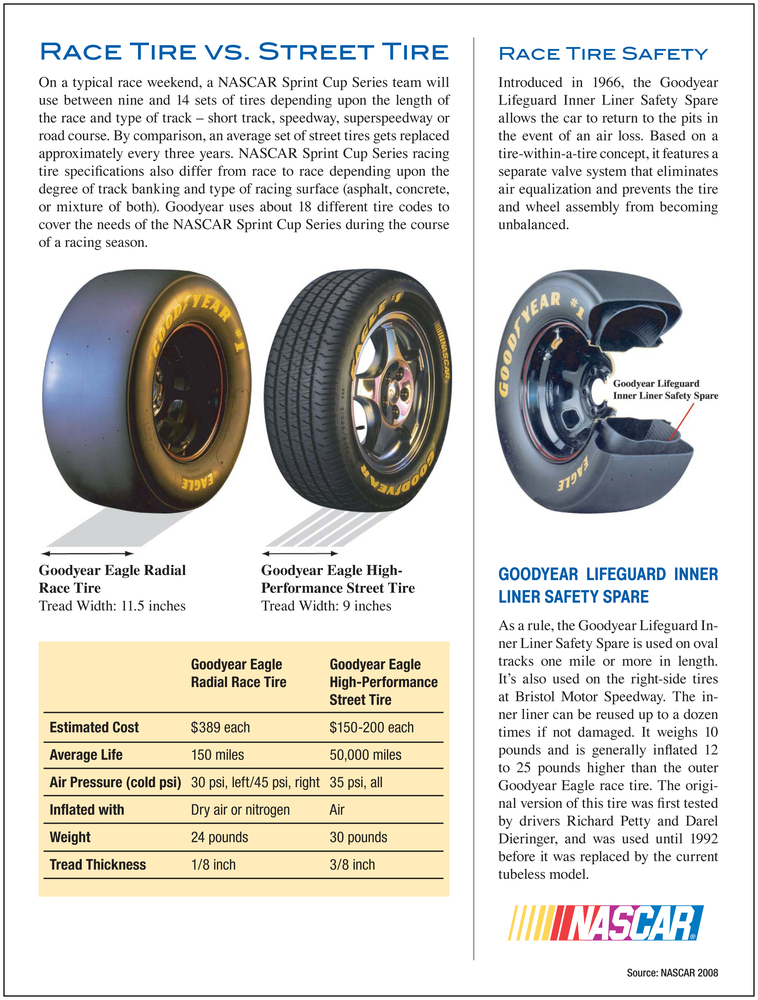 We also featured tires by Hankook and Goodyear in our top picks. However, as you shop for new tires, you may find other options that suit your needs from brands like Bridgestone, Firestone, Pirelli, Yokohama, or BFGoodrich.
We also featured tires by Hankook and Goodyear in our top picks. However, as you shop for new tires, you may find other options that suit your needs from brands like Bridgestone, Firestone, Pirelli, Yokohama, or BFGoodrich.
If your all-weather tires are more along the lines of snow tires, you might find that the softer rubber wears out quicker in the summer. That’s when it can be a good idea to switch to summer tires.
Whether you want all-season or all-weather tires depends on the climate and road conditions. If you just need to gain control on wet surfaces and in the occasional snow flurry, all-season tires work well. But, all-weather tires use a type of tread compound that can handle more snow and freezing temperatures.
All season tires
Car tires
Sort by: by popularityalphabeticalby ratingby price
Sort by: by popularity alphabetically by rating at the price of
Until recently, all-weather tires for Europe did not exist in principle, and even now on the branded websites of the most famous tire manufacturers, as a rule, there is no such category and there are only categories of winter, summer and off-road tires.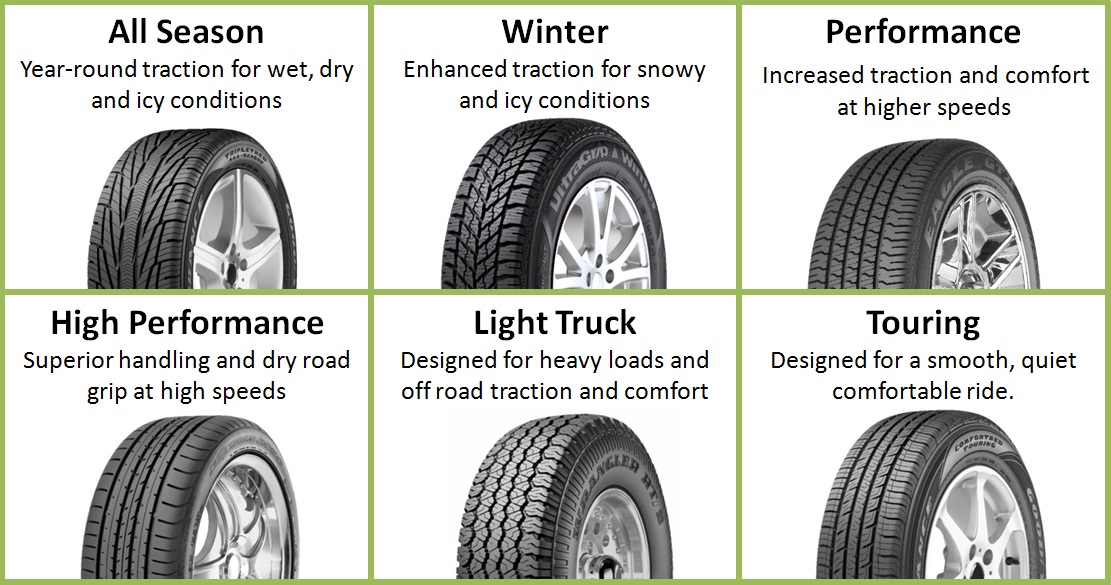 At the same time, in the United States, almost all SUVs drive on conditionally called all-season tires. But about 5 years ago, many manufacturers thought about the production of all-season tires for the European market, and most importantly: for cars. Perhaps the impetus for this was weather anomalies in the same States and Great Britain, or maybe the market dictated its trends.
At the same time, in the United States, almost all SUVs drive on conditionally called all-season tires. But about 5 years ago, many manufacturers thought about the production of all-season tires for the European market, and most importantly: for cars. Perhaps the impetus for this was weather anomalies in the same States and Great Britain, or maybe the market dictated its trends.
So what is all-season tires? As a rule, this is not necessarily a tire with an aggressive tread, but a mandatory all-season attribute is the presence of sipes on each tread block. The lamellas are used to create additional "cutting" surfaces for ice and packed snow. Each additional edge, clinging to a slippery surface, contributes to the process of acceleration or braking, that is, the adhesion of the car to the road.
Fig. 1. Almost summer Michelin CrossClimate (but with a mountain peak icon and a snowflake in it on the sidewall), Hankook Optimo 4S H730 (which greatly surprised all tire manufacturers, why do we need a winter tire in spring?), and supposedly a winter alpine Michelin Alpin A5 with a pattern hardly distinguishable from his almost all-weather brother.
Why not make sipes on all tires - both winter and summer? Yes, because they are harmful and reduce the contact patch on the pavement in summer. Indeed, slicks are generally ideal for braking on dry pavement - tires without any tread pattern, solid, without moisture-removing grooves, slots and lamellae. But for wet asphalt, channels are already required to drain water from the contact patch, otherwise the car will float above the road - the effect of aquaplaning.
We know about winter and summer tires that they use a soft and hard rubber compound, respectively, for optimal performance in their temperature range. So for all-season tires should be used rubber of medium hardness.
All-weather tires enjoy mixed success with car owners. As a rule, the demand for them is the highest during periods of economic crises and the lowest when everything is fine and there is no shortage of funds. All-season tires are presented at Best-tyres.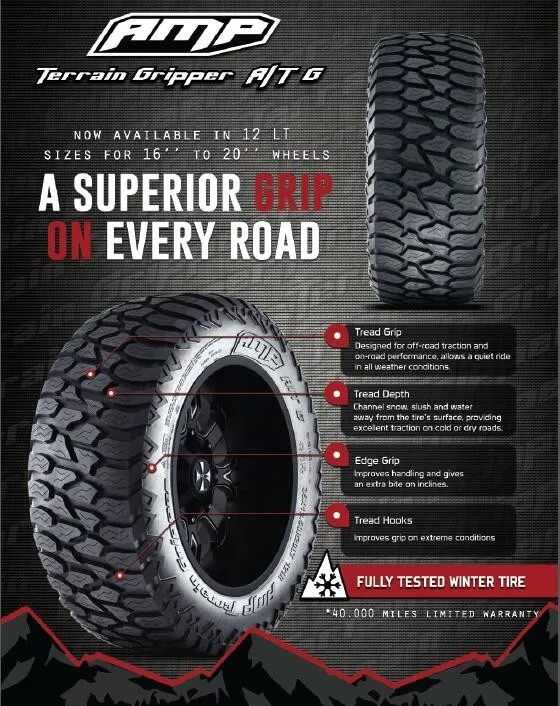 ru all year round and you can buy them in Moscow, Rostov-on-Don and Krasnodar, but the maximum range and availability falls on spring and autumn. Why is it so, you ask? You will find the answer to this question below.
ru all year round and you can buy them in Moscow, Rostov-on-Don and Krasnodar, but the maximum range and availability falls on spring and autumn. Why is it so, you ask? You will find the answer to this question below.
Each manufacturer has two tire shipment seasons and two payment terms for them - spring (summer) and autumn (winter), and no one ships all-season tires separately to dealers and distributors. Therefore, some all-season tires are sold together with summer tires and have a higher rubber stiffness and higher speed indexes, while the other part is sold together with winter tires and is more designed for operation in winter. Since the entire huge volume of tires from the winter program of the year is to be paid for, then, accordingly, their choice falls in warehouses every day, since none of the sellers wants to stay with these tires until next autumn. And vice versa, everyone is trying to get rid of summer tires before the start of summer, since the manufacturer must receive all his money in full before the start of summer. Yes, and the supply of winter tires to warehouses begins at the end of spring, and summer tires should make room for winter ones.
Yes, and the supply of winter tires to warehouses begins at the end of spring, and summer tires should make room for winter ones.
All-season tires from the winter program can be called any winter tires for the European winter. Some of them even say All Weather (any weather according to Goodyear) or All Season (any season according to Nokian or Pirelli). Looking at this Michelin Michelin Alpin A5 tire, you don’t immediately recognize it as a winter tire. There are not many sipes at all and they are noticeable only upon closer inspection, and the pattern is like a good rain tire.
Fig. 2 - winter tires of the European type, allowing speeds up to 240 km / h and summer operation in some sizes (Nokian WR A4, Goodyear Ultra Grip Ice SUV G1, Continental ContiWinterContact TS860 ).
In the winter program, absolutely every leading manufacturer has not only studded tires, but also the so-called Velcro (Nordic, or Scandinavian-type tires, speed index 160-190 km / h) and European-type tires (high-speed tires for mild winters, speed indices from 190 to 270 km/h). Only Bridgestone does not supply European-type tires to us for some reason of its own, and does not supply Velcro to central Europe. Any other manufacturer sells them in Russia and these tires can be used as all season tires. It is probably more correct to do this in Yakutia or Murmansk, but people and especially rental companies do this in Europe, and in Moscow and other cities.
Only Bridgestone does not supply European-type tires to us for some reason of its own, and does not supply Velcro to central Europe. Any other manufacturer sells them in Russia and these tires can be used as all season tires. It is probably more correct to do this in Yakutia or Murmansk, but people and especially rental companies do this in Europe, and in Moscow and other cities.
In the summer program of many manufacturers there are tires of all-season type or so-called tires with possible driving on snow. For example, Pirelli is increasingly persistent in offering Pirelli Scorpion Verde All-Season tires on the Russian market, which are increasingly found even in factory equipment on elite Range Rover or Mercedes SUVs. Hankook, as if frightened, released a similar tire in an extremely limited range of sizes (see Fig. 1.) Or, for example, Michelin with its Michelin CrossClimate + tire positions it not as an all-season tire (see Fig.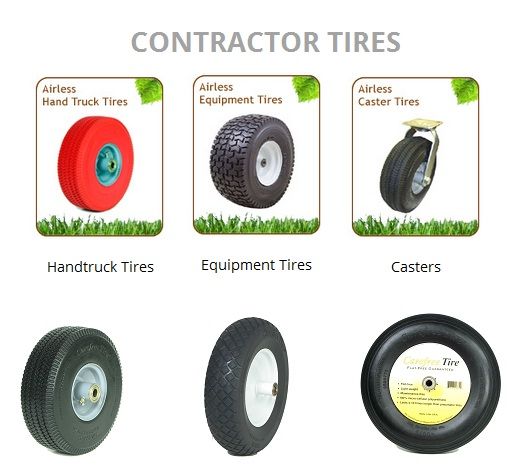 1), but as a rubber on which you can calmly and will confidently reach the tire shop in case of a sudden snowfall in order to change the tires to summer ones, and not a tire for year-round use.
1), but as a rubber on which you can calmly and will confidently reach the tire shop in case of a sudden snowfall in order to change the tires to summer ones, and not a tire for year-round use.
Other manufacturers of all-seasons from the summer program do not have such comments, because it's hard to give anti-advertising to your own product.
Fig. 3 - all-season tires Continental ContiCrossContact LX Sport, Pirelli Scorpion Verde All-Season, Michelin Latitude Cross from the manufacturer's summer program.
All-season tires are often confused by SUV owners with off-road or so-called mud tires. In fact, this point of view is a deep delusion and the inscription M + S, meaning mud + snow, means only loose snow, and not rolled snow in any way, and even more so, there was no inscription about ice anywhere. The aggressive toothy tread pattern of such tires does not have a large number of sharp edges (sipes) that can cling to ice, and the rubber compound is too hard, as it must be able to withstand cuts from sharp stones in the desert on trophy raids.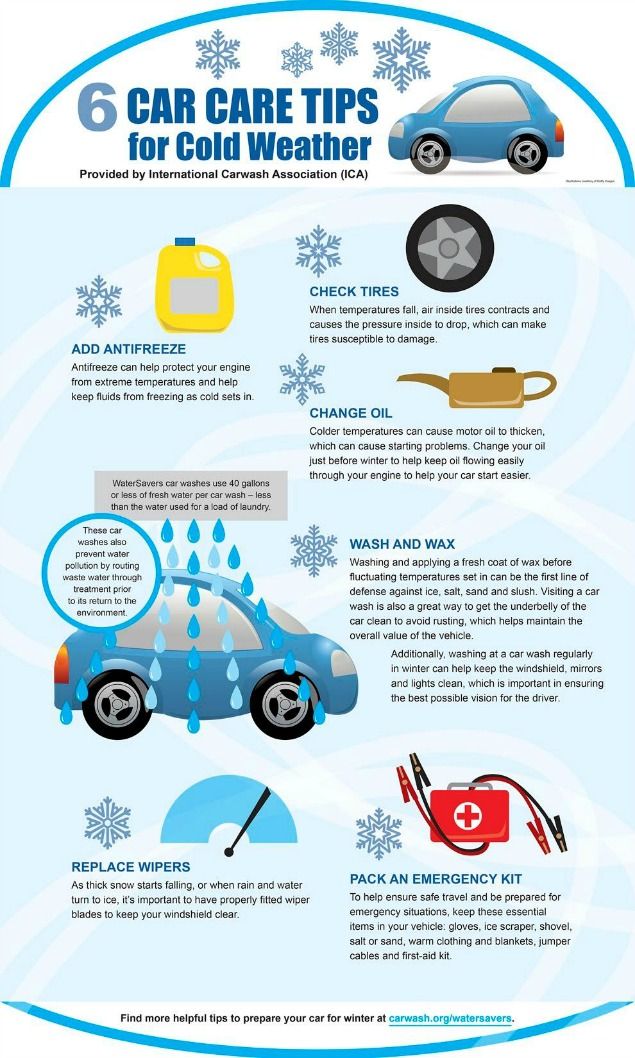
Traveling on such tires in winter is possible only for the time being, until some pillar decides to cross the road. Tires of the category HT (High Terrain - high ground) or AT (All Terrain - any ground) can still somehow be positioned as all-season tires, such as BF Goodrich AT KO2, Yokohama AT15 or Hankook ATM RF10, beloved by all jeepers (Fig. 4), but more "toothy" MT (Mud Terrain - mud ground) have no chance at all for safe braking on smooth ice with their huge tread blocks (Fig. 5), because their element is extreme mud and slush, for which they have tread pattern even on the sidewall.
Fig. 4 - BFGoodrich All Terrain T/A KO2, Hankook Dynapro ATM RF10, Yokohama AT15 mistaken for all-weather tires by jeep drivers are actually designed for careful driving on the highway and climbing through serious mud the last couple of kilometers to your country house or cottage. On loose snow, they can give good performance due to the aggressive tread pattern, but they are completely powerless on packed snow or icy surfaces.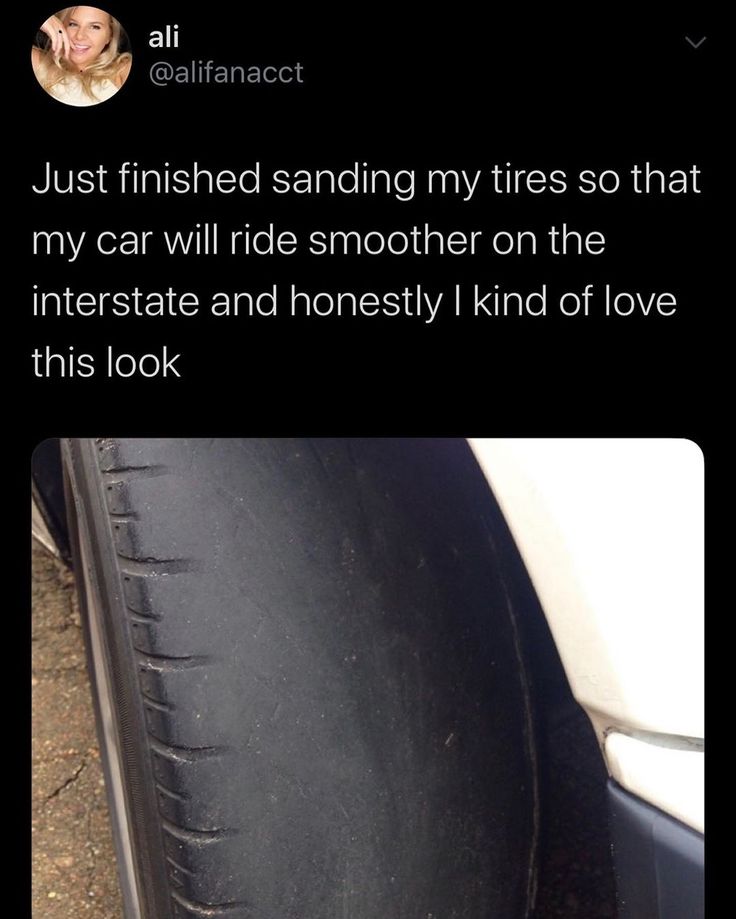
Fig. 5 - Mud Terrain off-road tires not intended for winter use at all (BFGoodrich Mud Terrain T/A KM2, Mickey Thompson Baja ATZ P3, Marshal Road Venture MT KL71). These tires do not have sipes at all and the number of sharp edges is not high, so they are categorically not suitable for winter operation even if the craftsmen-kulibins stick a bunch of spikes into their tread.
We do not advise most car owners to buy all-season tires. Just like in a clothing store, they will not advise you to wear the same sneakers all year round. Moreover, in recent years, even sneakers have appeared in winter and demi-season versions. If you have at least a dozen pairs of shoes and understand the difference when to use slippers, when shoes or moccasins, when to take summer shoes with thin hard soles, and when it’s fur boots with thick porous soles, and when to wear boots, it becomes incomprehensible why the car should always be on the same tires. And now we are not talking about show-offs or appropriateness, that they say it’s not correct to come to the ball with boots, but to go fishing in model shoes. It is only about your safety and maximum tire grip. After all, it doesn’t occur to you to play basketball in summer boots in the gym - you understand that you will slip.
And now we are not talking about show-offs or appropriateness, that they say it’s not correct to come to the ball with boots, but to go fishing in model shoes. It is only about your safety and maximum tire grip. After all, it doesn’t occur to you to play basketball in summer boots in the gym - you understand that you will slip.
Of course, in my opinion, we are not talking about the use of all-seasons at all in rural areas, where a large amount of snow falls, and snowplows are more familiar thanks to TV, and not real life. But for southern cities like Sochi, Krasnodar or Rostov-on-Don, you need to understand that an all-weather tire:
1) will wear out faster than summer in case of hot summer;
2) will show more mediocre performance in hot weather - braking distance in hot weather can increase by 10-20%;
3) on snow-covered surfaces or with icy conditions on the plain, all-season must be driven very carefully.
4) and on hills and serpentines, riding on all-season tires can be simply dangerous and extremely unprofitable, since body repairs will cost much more than the notorious savings on tires.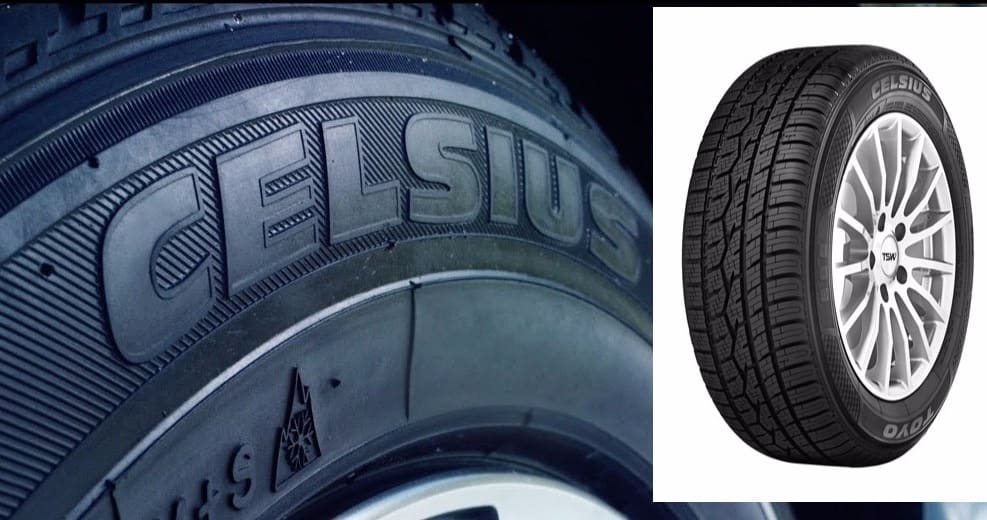
5) it is possible to recommend using all-season tires to those drivers who can refuse to drive a car at any time when they see snow outside the window or hear about ice on the roads. Although I personally can't do that either. After all, snowfall can catch on the road, and ice can appear locally on just one windswept overpass.
On our roads, it is recommended to do wheel balancing at least twice a year or every 5000 km, which means you won’t be able to save on tire fitting. Unbalanced tires, on the other hand, do not last long at all, the car consumes more fuel on them and is subject to the destruction of bearings and chassis levers, when each of their wheels behaves like a swan, cancer and pike.
Moreover, you need to understand that such tires will most likely wear out in a couple of years, while two sets - winter and summer - could last 4 years or even more, depending on the mileage and operating conditions.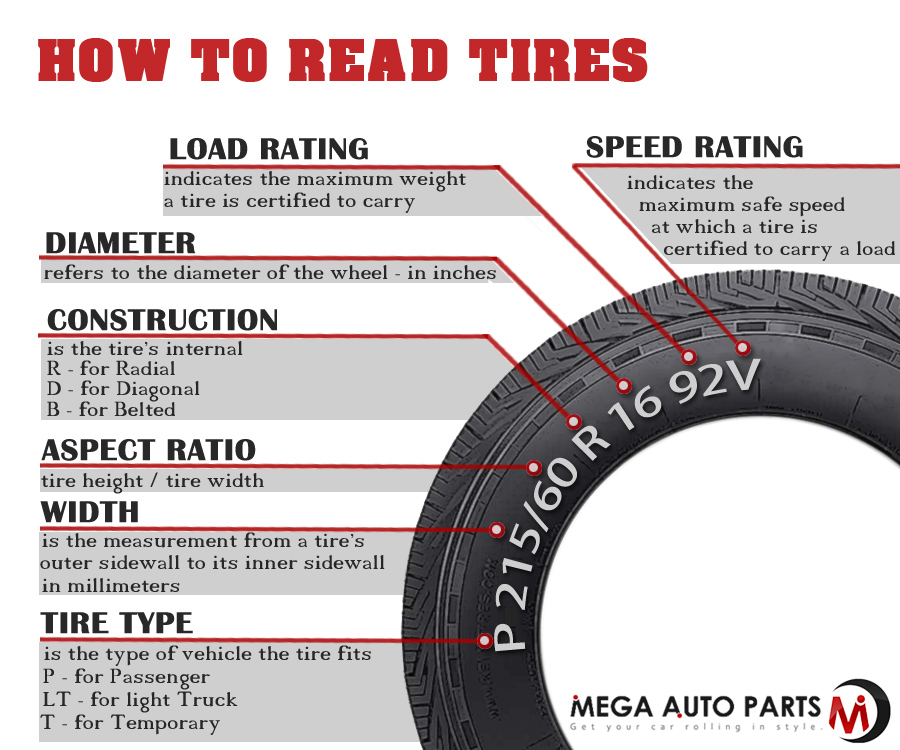
Fig. 6. "And I'm on the all-season!" According to the 2004 "Behind the Wheel" magazine, 75% of Canadians are convinced that all-season tires are completely safe, while winter tires are made for someone else. And that's what it sometimes leads to. This time we were lucky, and in the collision 96 cars and all of them got off with light bruises, because they drove slowly and fastened, realizing that there was ice under the wheels.
It must be understood that any universal product is inferior to a professional product that is designed specifically for given weather conditions. Of course, in the summer, in the heat, summer tires will provide much better performance than all-season tires. So in winter, in frost on a snowy or icy road, even a European-type winter tire can not weakly fray the driver’s nerves, and of course a real winter Velcro or studded tire will give a much better result than its weak all-weather relative.
Gen. director Zhdanov I.G.
Fig. 7 - not so lucky case in Canada in the same 2014 - three dead.
Conclusion: thank God that our people for the most part love themselves, buy winter tires and we have not even heard about more than 20 colliding cars in Russia, while dozens of accidents with more than 50 cars, although in these countries it is not customary to drive as fast as in Europe, even in the summer. It is hard for us to understand why papier-mâché houses are built in the land of hurricanes, and in the land of snowfalls they like to ride all-season.
Every motorist must have come across a similar situation: late autumn, the air temperature for the first time became negative, the road was covered with ice, and summer tires were still installed on the car. All-season tires can easily cope with this problem. This is a compromise option, since such tires have optimal parameters for any season. But choosing them as permanent, you need to pay attention to some important points.
But choosing them as permanent, you need to pay attention to some important points.
Like any other, universal rubber for winter and summer has different tread patterns:
The question needs to be answered according to the following criteria:

It is better to buy all-weather tires for those drivers who live in regions with a moderate temperature difference. Serious frosts are not recorded here, and the road surface, as a rule, is relatively intact. When the temperature drops to -7 °, it becomes unsafe to operate all-seasons. But for short trips around the city, this model is quite acceptable. In this case, the wheels will last a long time while maintaining the original qualities. In addition, the ride will be safe and comfortable.
As for power, experts do not recommend installing such tires on a car with parameters of more than 120 horsepower. The vehicle behaves unsteadily, which may lead to an accident.
When choosing in favor of the tires in question, it is important to remember that they are not an ideal solution, but only used for driving under suitable weather and other conditions. Before buying, you should read reviews about tires, and then you can consult with specialists from the Wheels Darom online store.